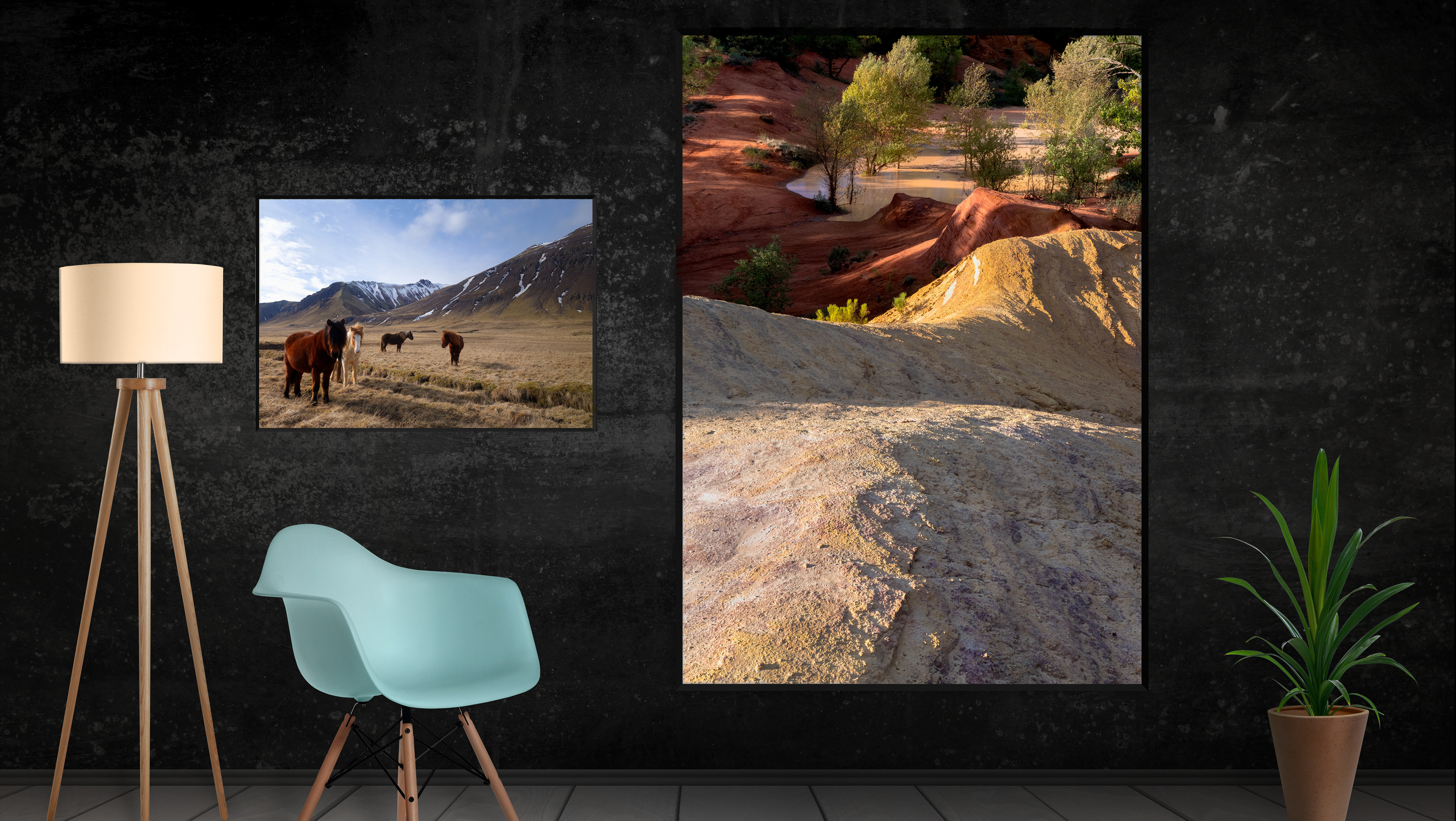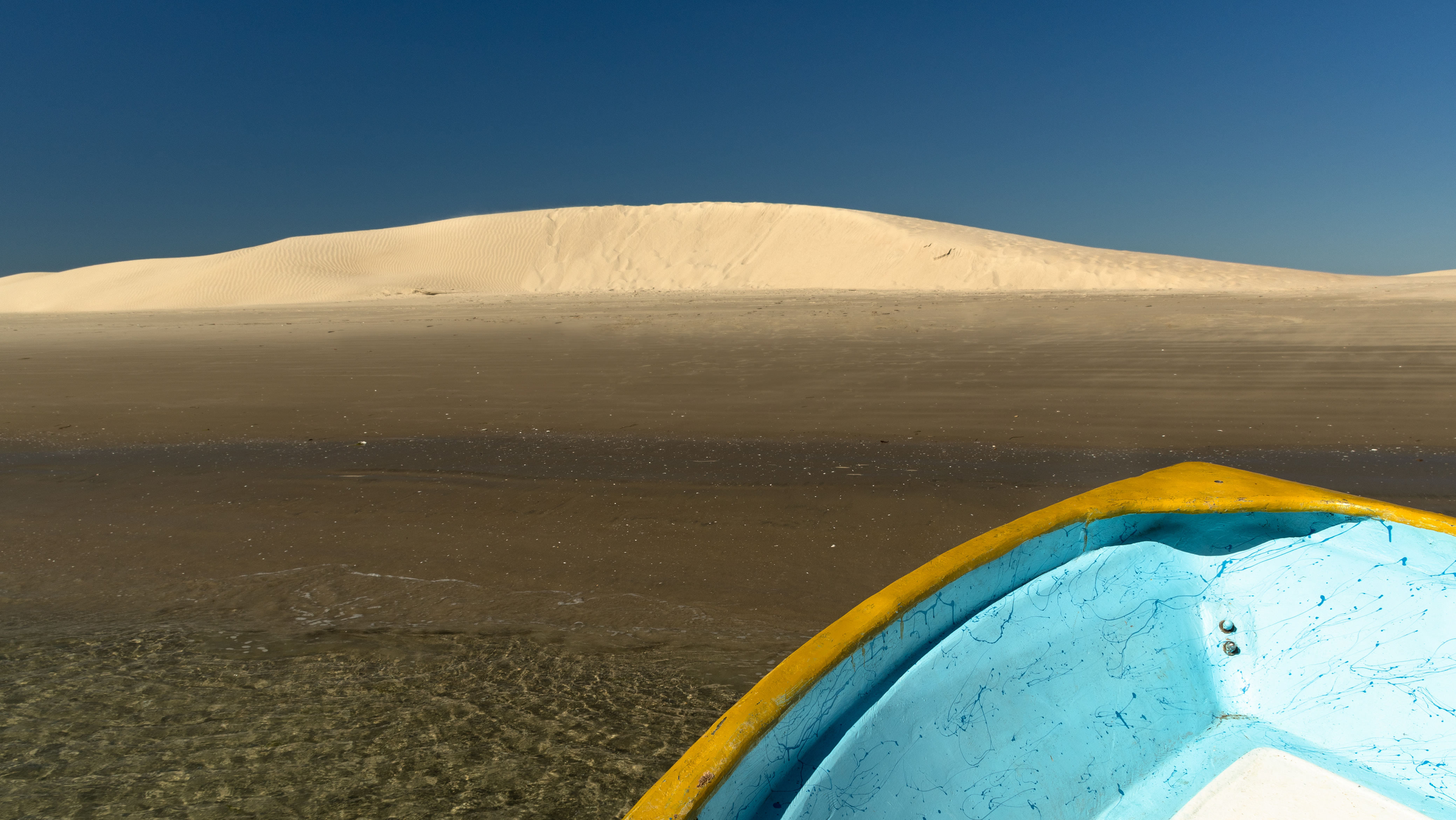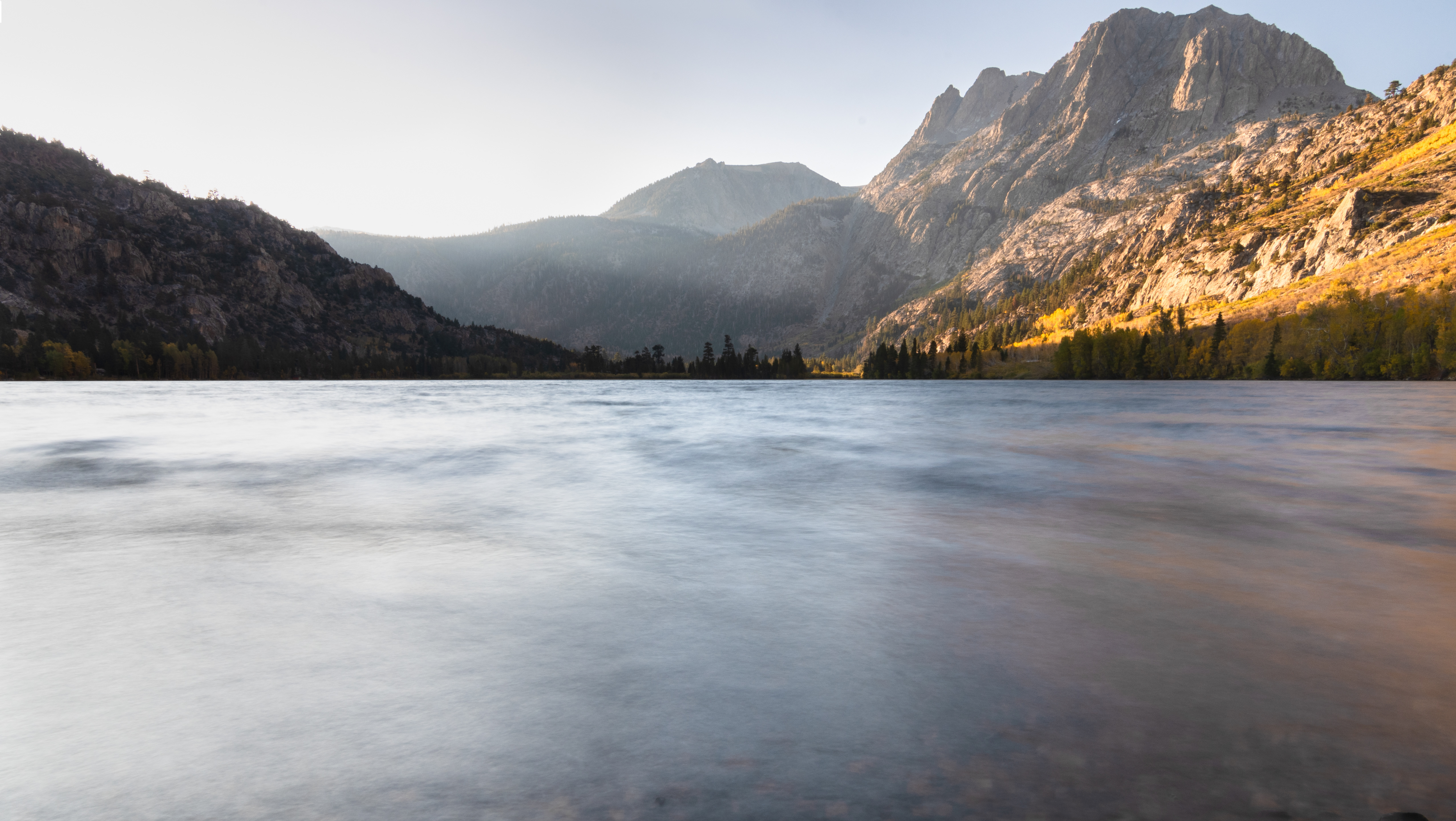I am pleased to announce that my first solo exhibition will take place in Orvieto, my hometown! Through the images on display, I want to share with you the natural wonders I was fortunate enough to see in my last year of traveling around the world, across Europe, North America and South Africa. No place I have visited will be spared by human-induced climate change. The beauty I witnessed is fragile but largely still intact. Beauty alone won't save the world, but, perhaps, it can start that process that leads to action, and eventually to change. I hope to see you there.
Below the images that were part of the exhibition. Contact me if you are interested in buying a print.
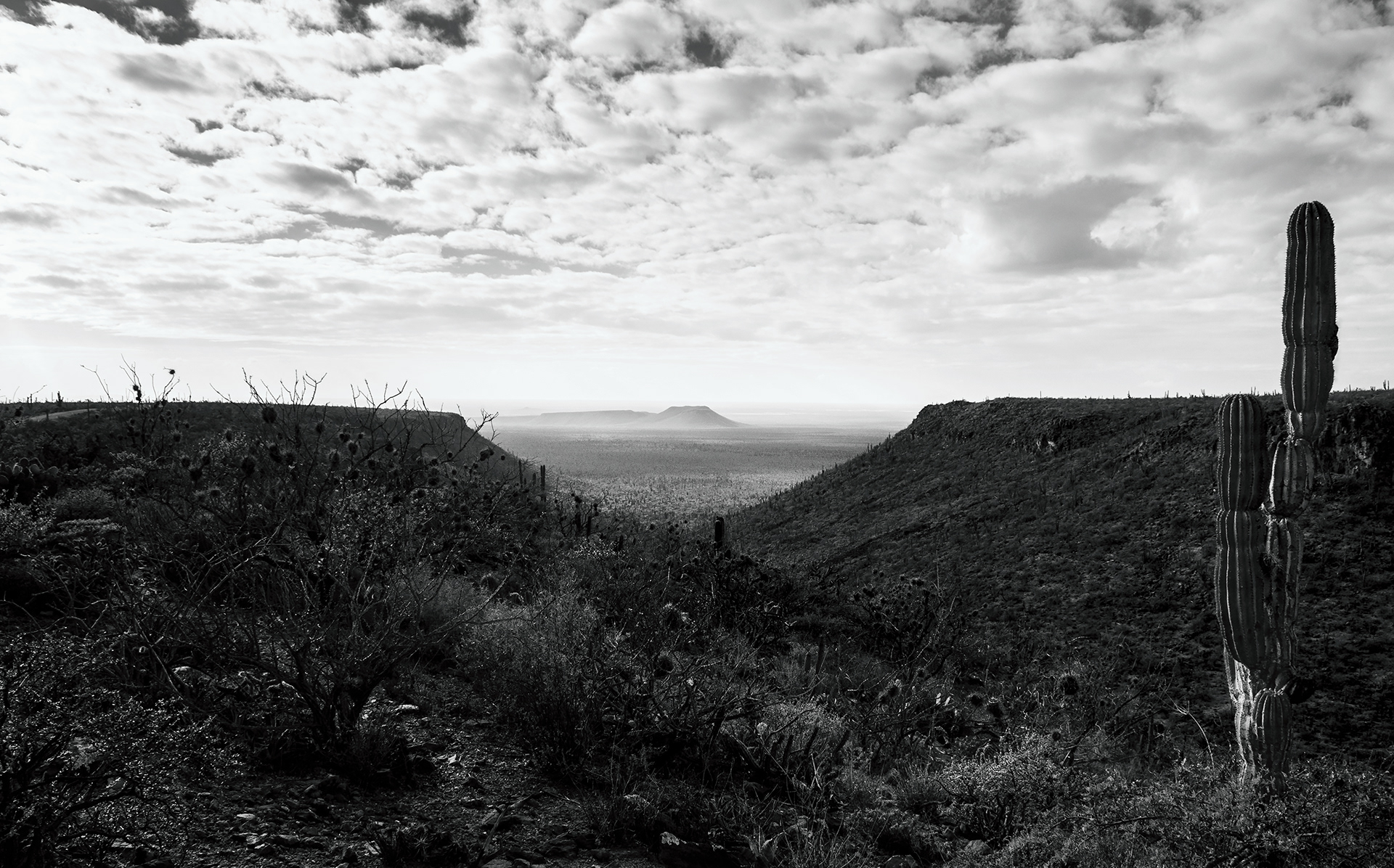
Protected areas play a pivotal role in the battle against climate change. But while new science says that to have a real hope of keeping it under the “danger zone” target of 1.5 degrees Celsius, 50 percent of all land should be kept in a natural state by 2030, most countries that have already committed to protecting 17 percent on land and 10 percent of the oceans by 2020 under the Convention on Biological Diversity are not on target to meet these goals.
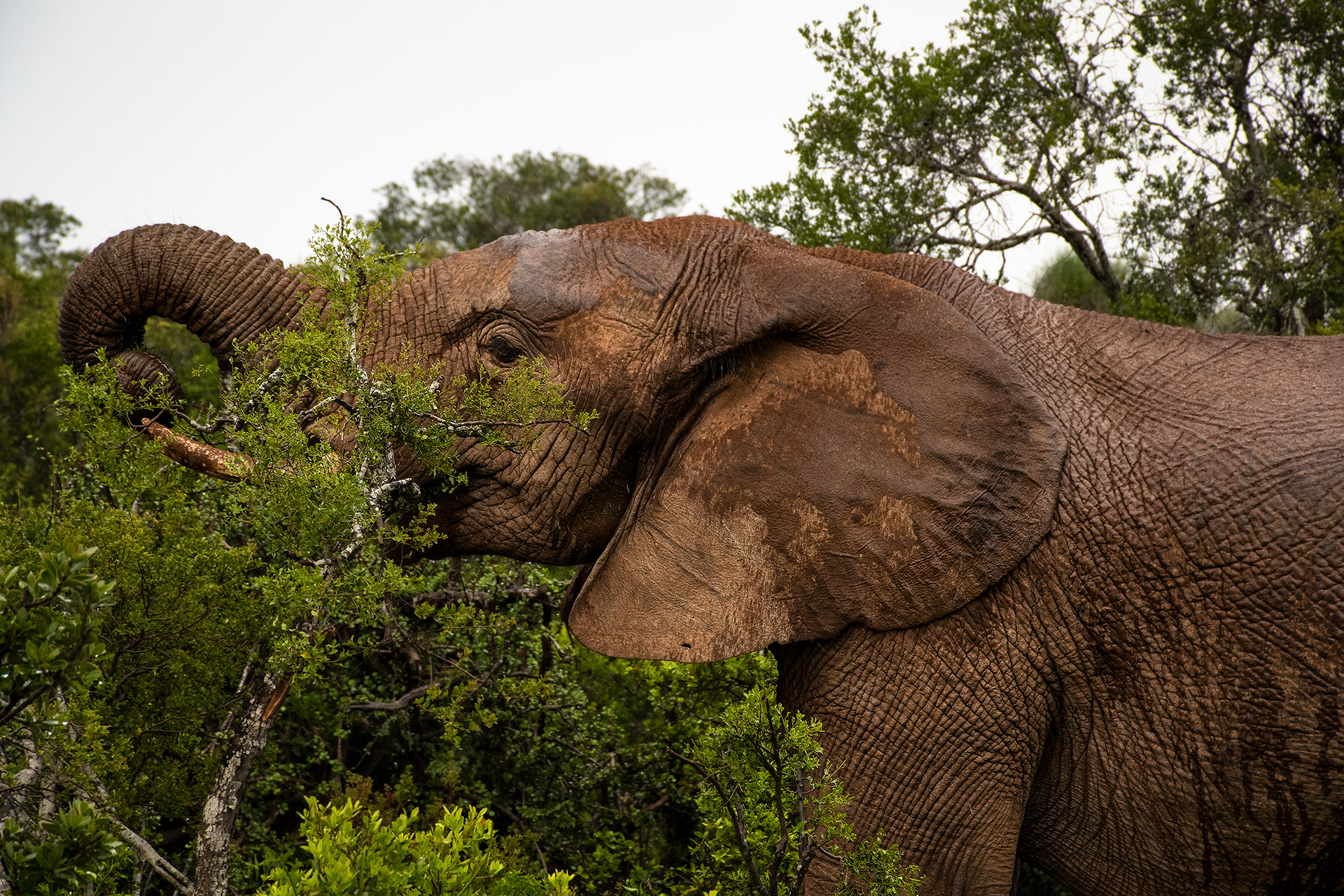
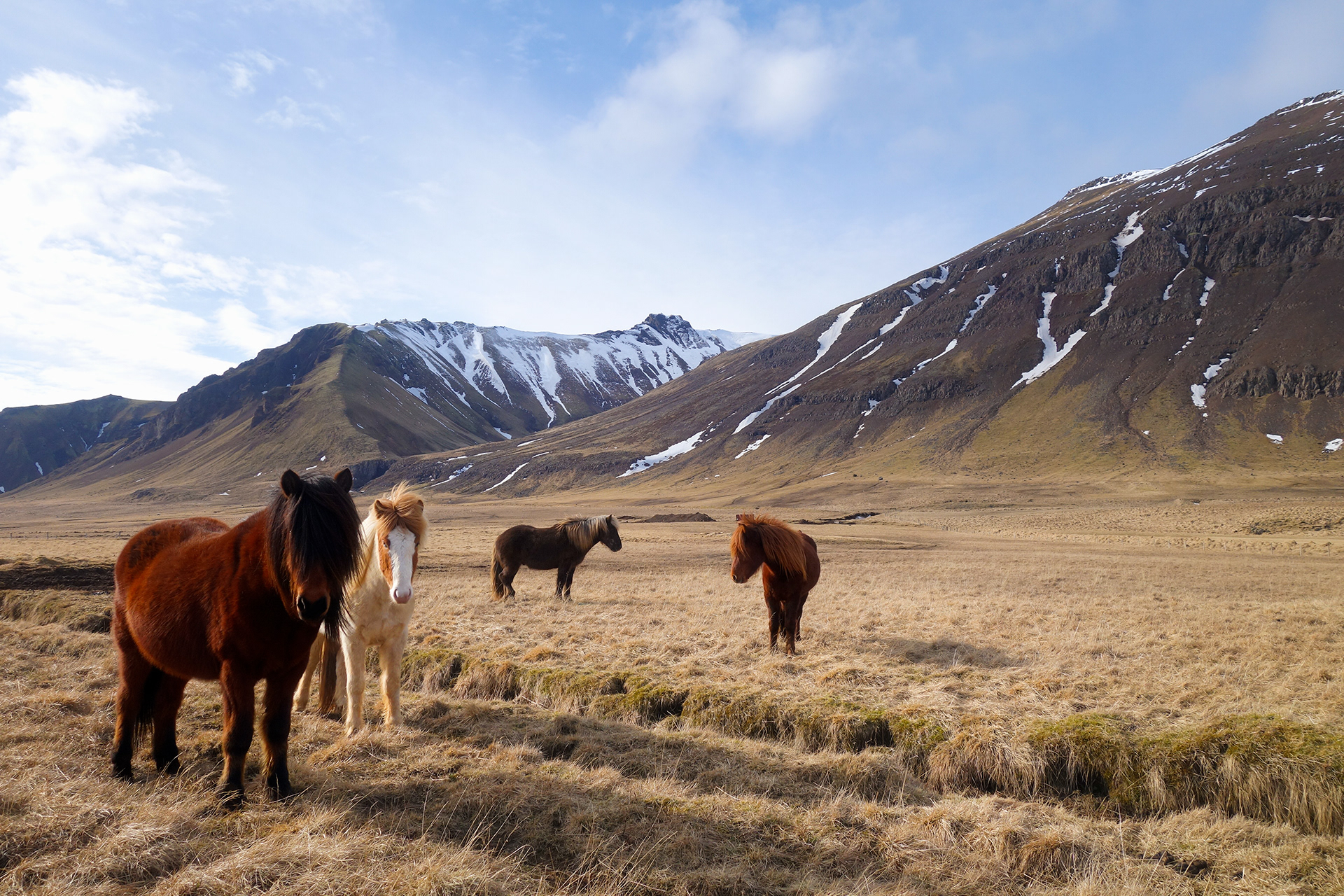

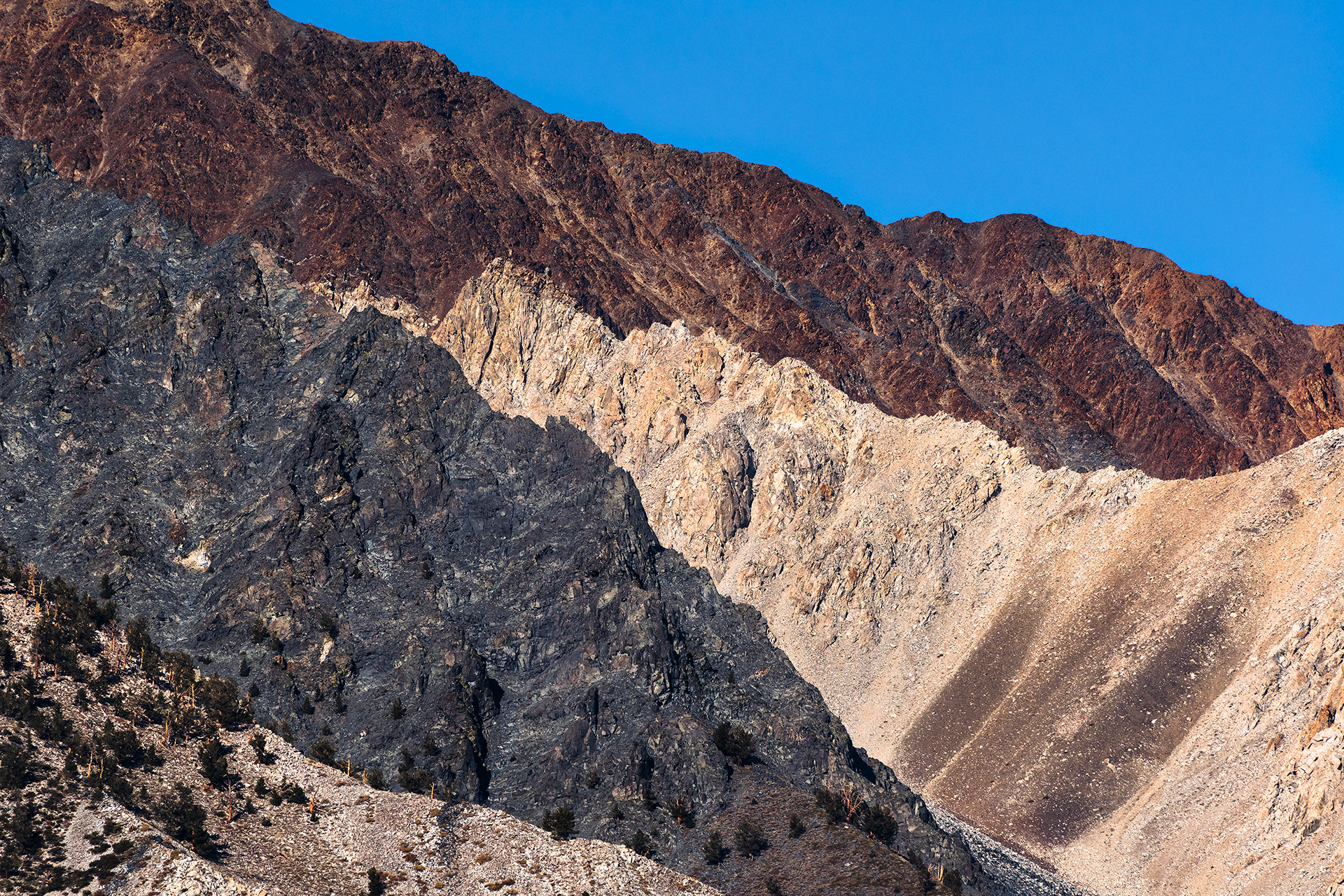
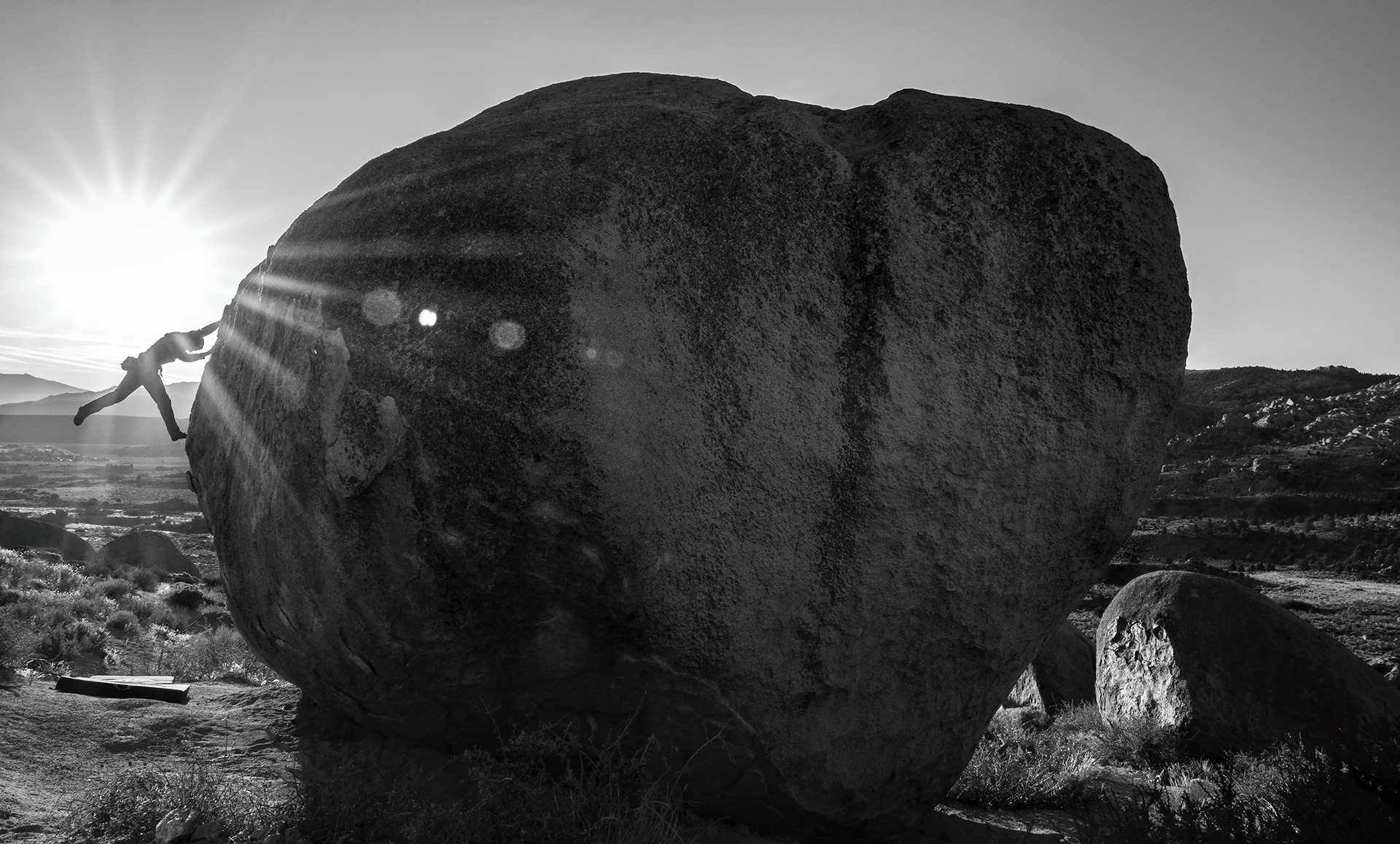
Mountain regions are warming up at roughly twice the pace of the global average. As a result, activities like climbing, skiing, and mountaineering will become more dangerous. The climbing community is aware of the threat posed by climate change. A poll ran by the American Alpine Association in 2018 found that 91% of climbers are worried by global warming and 64% have already witnessed its effects in the mountains.
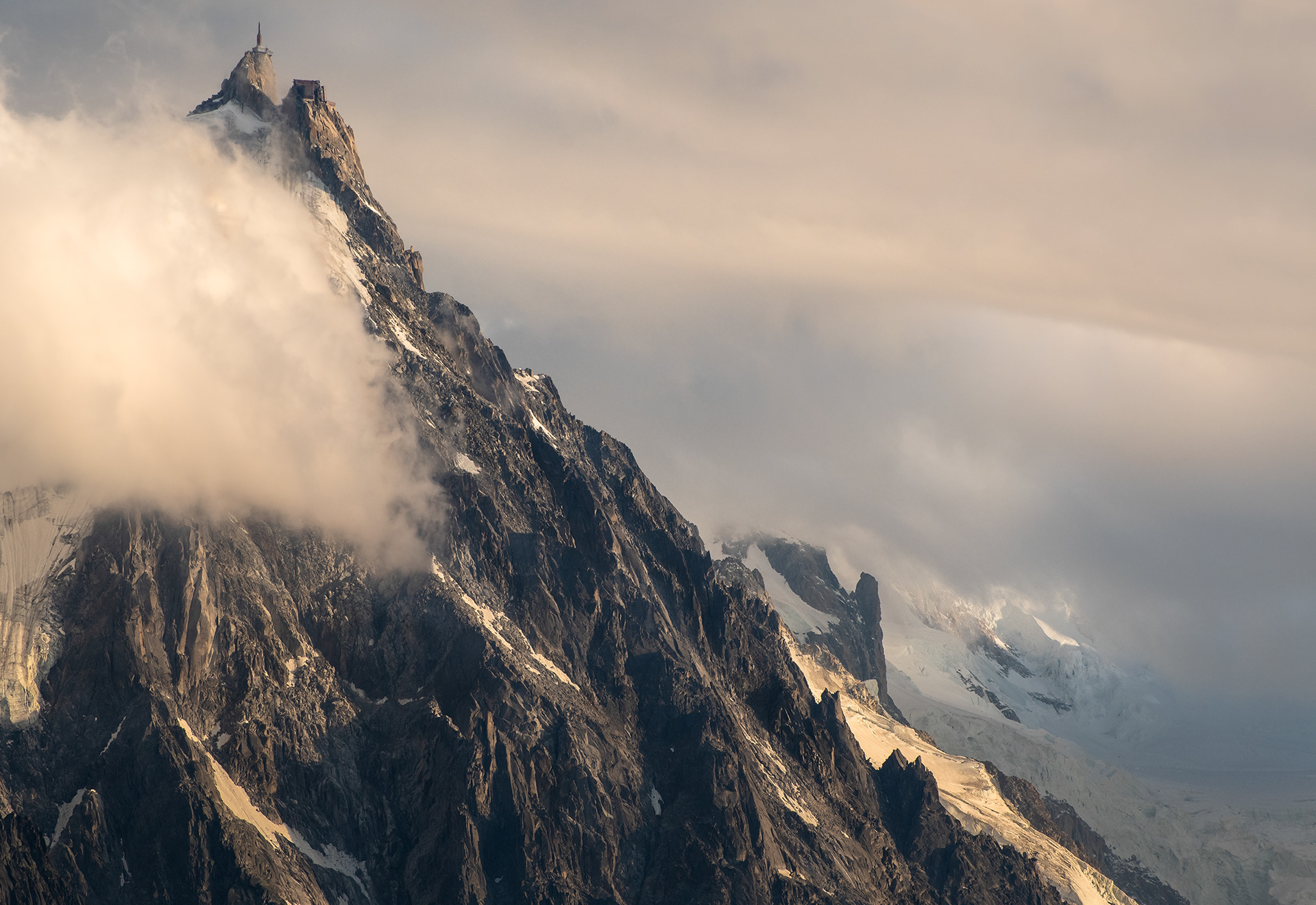


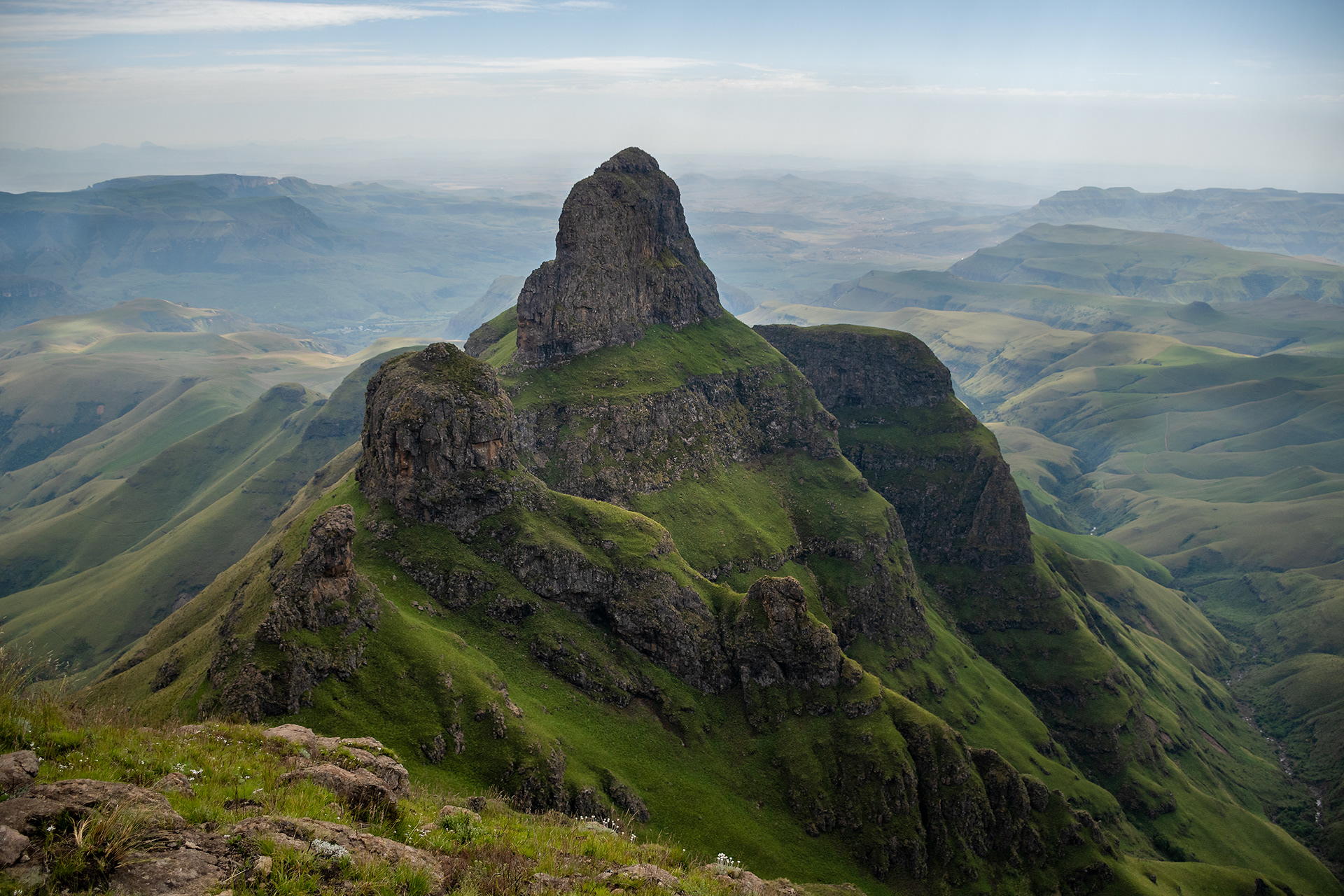
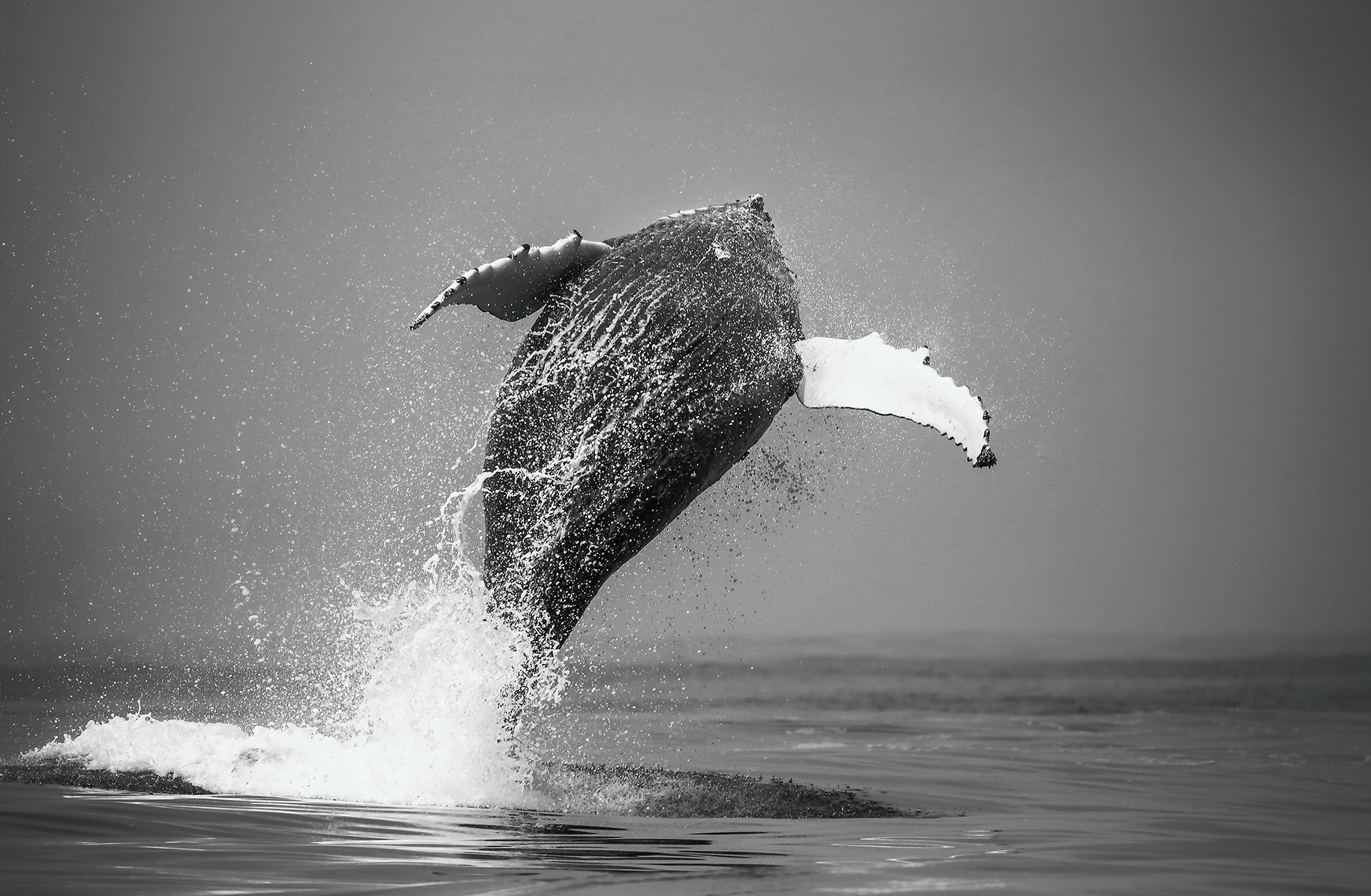
The photo of this breaching humpback whales was taken off the coast of Paternoster, where scientists are investigating the annual gathering of ‘super-groups’ of 200 or more individuals to gain more insights into the acoustic and social behaviors of this species. Special attention is devoted to how these behaviors are affected by anthropogenic noise (ships, seismic surveys, ...). Other threats include vessel strike, entanglement, ocean acidification and warming.

